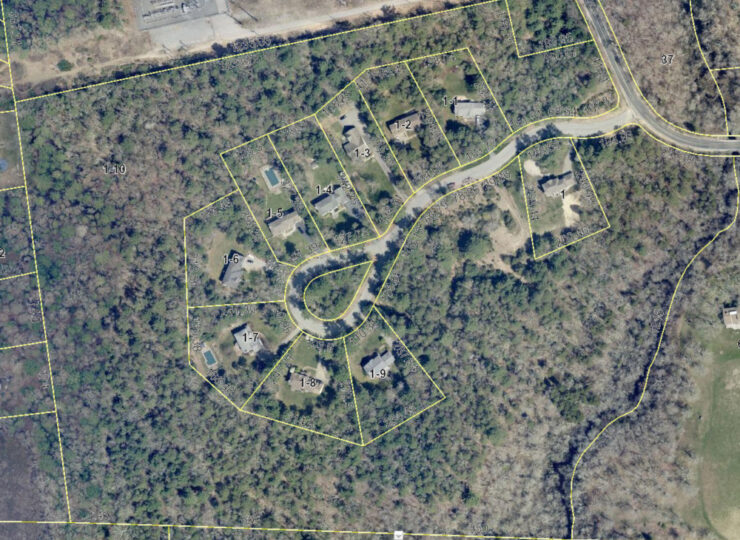Conservation Development Protects Environment, But Does Not Change Number Of Lots
The following letter was submitted to local newspapers and is reprinted here with permission of the author Ruth Platner. Ruth is the current Chair of the Charlestown Planning Commission.
The Charlestown Planning Commission worked to develop a Conservation Development Ordinance for over a year and notified hundreds of builders and developers, including the Rhode Island Builders Association, of the proposed ordinance. It received no opposition.
Now a political group has spread intentionally false and misleading information about the proposed regulations. To stop the Planning Commission from explaining Conservation Development and responding to questions from the public, they encouraged people to come from out of town to the public hearing in order to shut down the meeting and cause a delay. If chaos was their goal, then they were successful, but denying the public, the Town Council, and the Planning Commission the right to speak is not open, or good, government.
RI law gives a developer the right to apply to subdivide land and create new residential lots. The ordinance would only apply to major residential subdivisions ranging from 6 to 30 lots, or more. Town regulations define how many lots can be created and how they can be sited on the land. It would not apply to commercial or industrial land.
The number of allowed lots would be the same as that allowed under current regulations. The amount of open space would have no impact on the number of allowed lots; the ordinance affects the design and location of lots, but not the number of lots.
In the R3A zone, the developer would need at least 19 undeveloped acres of land on a public road, exclusive of wetlands or other constraints, in order to get 6 new lots and thus qualify as a major subdivision. The ordinance would allow the flexibility to design the residential development in order to protect groundwater and other natural resources and to reduce road lengths, which would reduce town maintenance costs as well as the developer’s construction costs.
Conservation Development is a type of cluster subdivision. Charlestown has had cluster subdivision since 1988, and it has been mandatory for major subdivisions since 2000. The open space in cluster subdivisions is owned in common by each of the lots in the subdivision, and is protected from further development, as mandated by state law. The owner/developer has the option of using a conservation easement or transferring the open space to the town or an entity such as a land trust. They almost always choose the common-ownership model.
Examples of existing cluster subdivisions can be found on Cedar Meadows Road, a 39-acre development with 10 lots on 10 acres and 29 acres of open space; White Pines Trail, a 47-acre development with 11 lots on 11 acres and 36 acres of open space; and Hidden Meadows Drive, a 33-acre development with 8 lots on 8 acres and 25 acres of open space. All would comply with the proposed ordinance, but because certain regulations are relaxed, they would have been able to avoid a wetland buffer, place no-cut areas in the open space rather than house lots, and reduce the overall length of the road that would have reduced maintenance costs, reduced stormwater flows, and provided more protection to groundwater.
The banner image is an aerial view of the subdivision on Cedar Meadows Road (off of Shannock Road) that shows a subdivision with approximately 70% open space. This subdivision was built under the current cluster ordinance and would still be possible under the proposed changes for conservation development. But with the flexibility provided by the new ordinance, a developer could reduce further the impacts to wildlife, wetlands, and groundwater and reduce long-term impacts to taxpayers.

You can learn more about the author, Ruth Platner, at her profile page.
